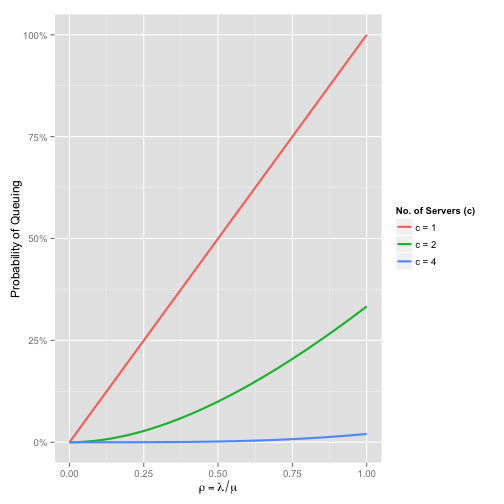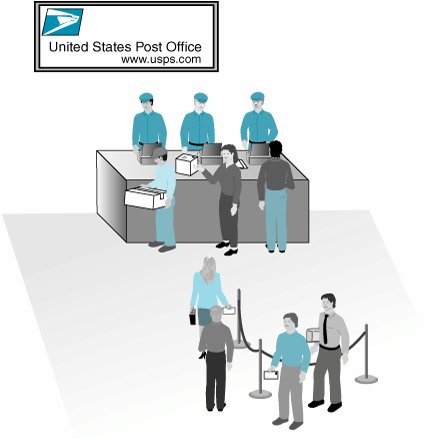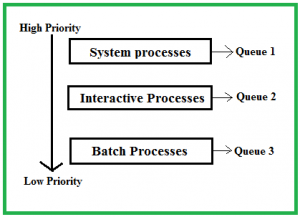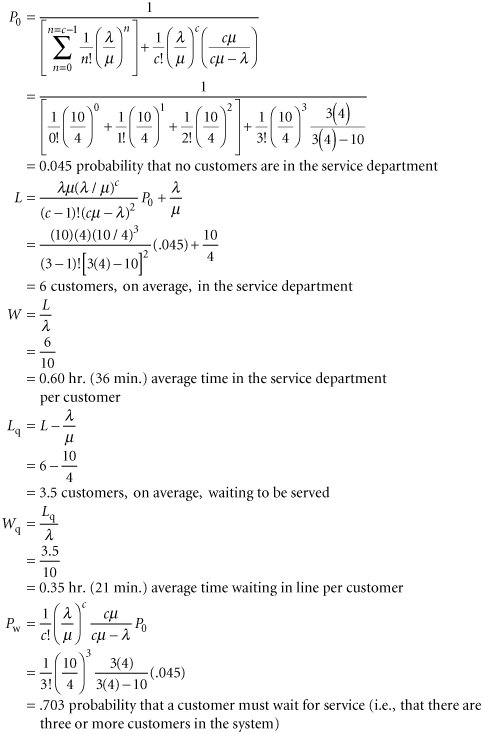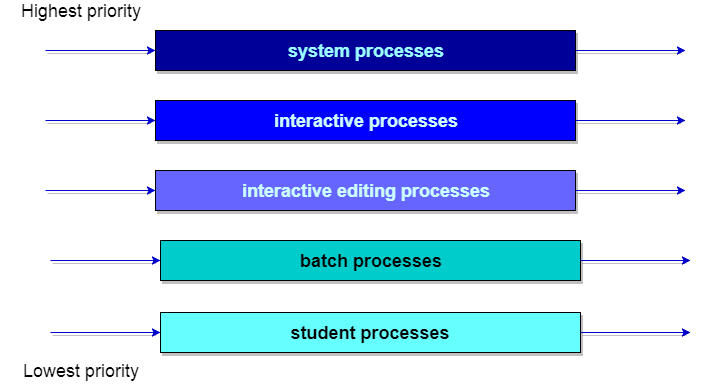Multiple Queues And N Servers رسمة
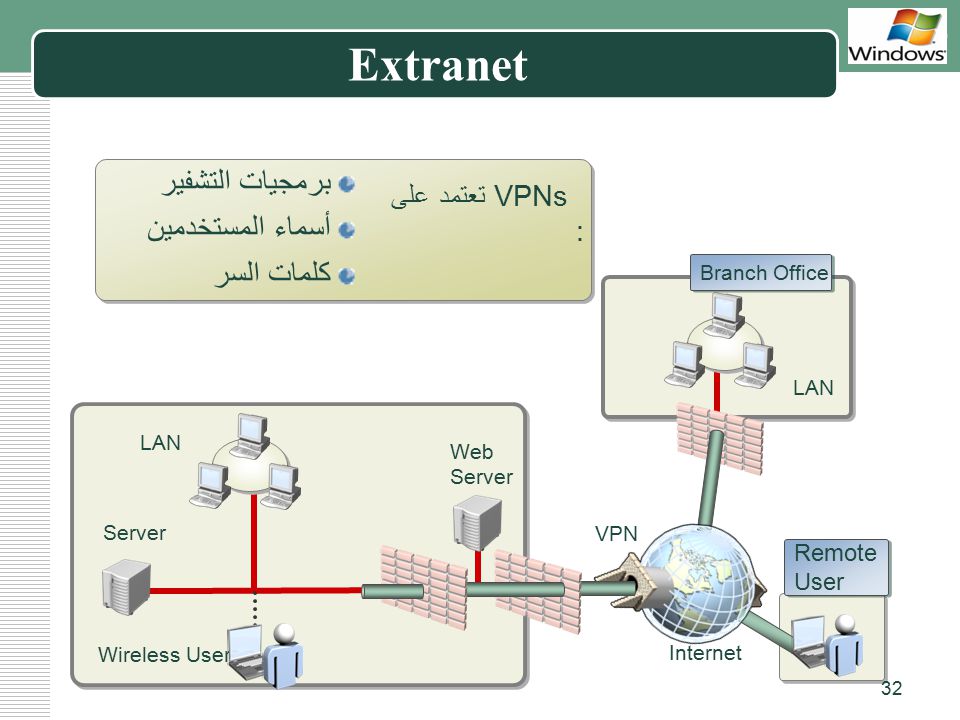
However by expressing the rate matrix explicitly we have obtained a explicit expression of the stationary distribution of the queue length.
Multiple queues and n servers رسمة. Reducing delay through changes in the service process hall chapter 7 pg. Parallel queue server pairs as alternatives. Perpetual all customers always wait. The server or servers choose a customer for service according to some static e g preemptive re.
The most common case of queueing models is the single channel waiting line. In this paper we study an m m 2 queueing system with multiple vacations where the service rates of the servers are not identical. Customers choose a server according to some mechanism e g shortest queue or shortest work load or divide their work among several servers e g fork join. The color set of the place is a list color set there is a single token on the place in the initial marking of the net and there is be a single token on the place in every reachable marking.
See also chapter 5. The difference which should be obvious is that rather than having just one server we. The multiple server waiting line. P traffic intensity or utilization factor which represents the proportion of time the servers are busy λ 4.
The multiple server model or usually known as m m s server discipline occurs in the setting of a waiting line in which there is one or more servers the customers are supposed to arrive at a random rate that is specified as a poisson. In this post i want to address the simplest model for multiple servers. The customers will form a single queue and the the first waiting customer in queue will enter service when any of the servers becomes idle. Examples of this type of waiting line include an airline ticket and check in counter where passengers line up in a single line waiting for one of several.
This queuing system has been analyzed as a quasi birth and death process by kumar and madheswari 2005. The system consists of two modules that are modeled by the two substitution transitions arrivals and server these two modules are described in detail below. Like the queue i described in an earlier post the queue has inter arrival times exponentially distributed with rate and service rate exponentially distributed with rate. More about the multiple server model for you to have a better understanding of what this calculator will provide you.
The place queue models the queue of jobs. Simple queue multiple server point. Slightly more complex than the single server queuing system is the single waiting line being serviced by more than one server i e multiple servers. Use the data in problem 1 consider four performance measures.
1 average number of customers in queue 2 average delay 3 server 1 utilization and 4 server 2 utilization and repeat part a f. Customers of several types arrive at a service center with one or more servers. For example you can model how vehicles wait in line for one of several tollbooths at a toll plaza. Multiple queue single server point.







